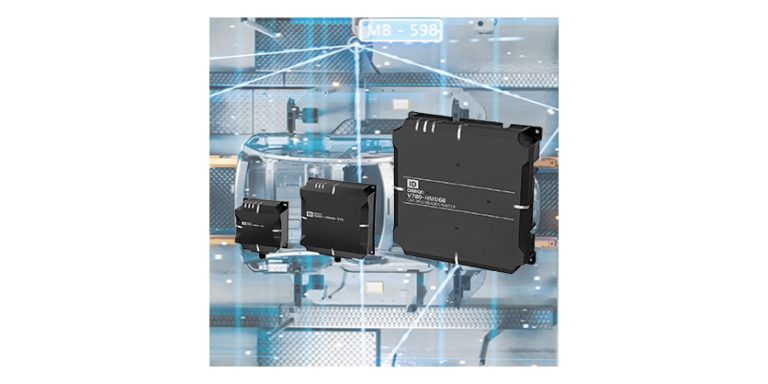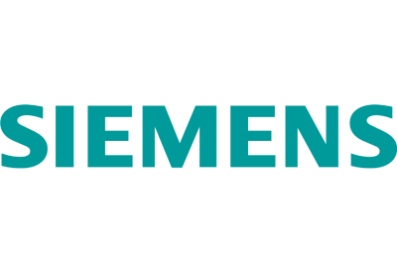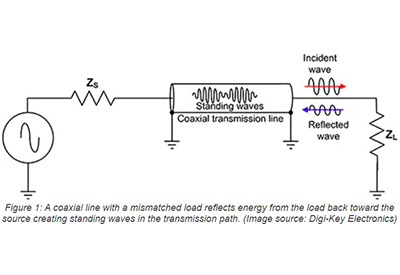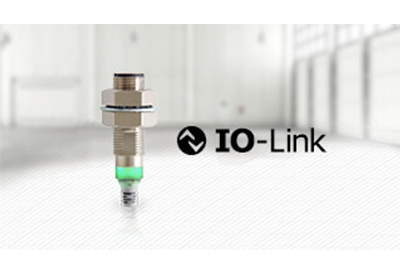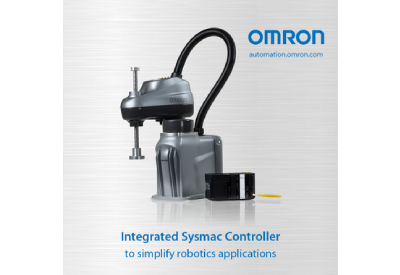The Importance of Bearing Selection, Maintenance and Alignment in Mechanical Power Transmission Systems
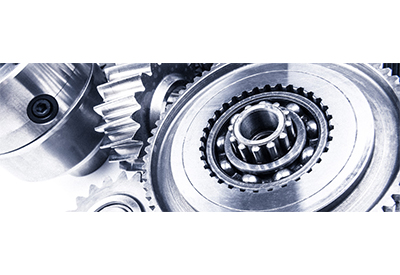
November 17, 2020
Mechanical power transmission equipment — including motors, drives, shafts, gearing and other associated components — relies on bearings to keep drive trains aligned for a smooth transmission of power. But there are many considerations that require attention when it comes to these vital parts. These include lubrication, alignment, vibration, selection of the proper bearing and the quality and reliability of the manufacturer.
For today’s facility managers and technicians, there are many types of bearings, each of which have different characteristics and functionality. Deep groove ball bearings, roller bearings, needle bearings and cam followers. Larger bearings may include a journal that protrudes through a bushing and are mounted on a support pedestal.
Whatever bearing is selected, the first order of business is to practice good maintenance as it is crucial to efficient plant operation. Without proper maintenance practices such as lubrication and vibration monitoring, machinery and equipment can sustain further damage.
Maintaining Proper Lubrication
Part of bearing maintenance involves administering proper lubrication at manufacturer-recommended intervals recommended by the manufacturer, while also matching the service of the equipment and machines that the bearings support. It’s also important to monitor to ensure that foreign particles or debris – including water and other liquids and solids – don’t penetrate the lubricant and bearing cavity or housing.
“Lack of lubrication and entry of foreign matter can be damaging to a bearing,” says Will Morris, product portfolio manager with Allied Electronics and Automation. “Essentially, keep your bearings lubricated with the correct lubricant designated by the manufacturer. Keep your bearings free of debris. Any bearing will fail if you let metal chips, rust or dirt accumulate inside of it. If you have a particularly dirty application, choosing a sealed or shielded bearing up front can prevent damage due to entry of foreign matter.”
Neglecting bearing lubrication can lead to premature failure and misalignment, which will affect system and machine performance power transmission components.
“Statistically, lack of, or incorrect, lubrication causes up to 70% of bearing failures,” says Morris. “The function of bearing lubrication is not only to reduce friction and heat, but also to prevent premature contamination and corrosion. How much this affects the underlying application depends on bearing size, abrasion from any contaminant and the run time of the machine in which the bearing is installed.”
Poor or neglected lubrication can lead to costly and catastrophic consequences. One small bearing that goes unlubricated can have a ripple effect through inadequate alignment and subsequent failure of other components that the power transmission components deliver to.
“Incorrect or lack of lubrication will lead to excessive wear and possibly catastrophic failure,” says Morris. “If the bearing is on a large or expensive machine, this obviously becomes more of a concern and a safety issue. Once a bearing fails, you will likely have a domino effect of other components failing. In the end it’s a preventable issue with regular maintenance.”
The Danger of Misalignment
Alignment generally takes place with a driver matched to whatever it is driving. Proper alignment can require complex and accurate instrumentation. Misalignment causes unnecessary or angular force to be applied on your bearing. Plus, incorrect mounting can add to the misalignment and be a common cause of bearing failure.
“Often, failures thought to have occurred for other reasons can be attributed to incorrect mounting and initial alignment,” explains Morris. “Misalignment can happen at initial install or through operation, such as a bent shaft. It varies by manufacturer, but you should consult your product manual to determine the maximum allowable misalignment for your specific bearing. You can manually measure at four points or use laser alignment depending on how crucial your application. Rechecking alignment periodically after operation can help avoid misalignment caused by routine operation.”
A vibration monitoring program will also help detect misalignment early and often. Many facility managers will use built-in vibration monitoring sensors or perform periodic manual vibration monitoring to compare captured vibration wave amplitudes that show a growing amount of misalignment. This often means measuring vibration on three axes – vertical, horizontal and axial – and capturing a recording in a historical file. Periodic readings may be compared to capture trends that indicate growing vibration, which signals bearing failure and misalignment. A robust and disciplined vibration monitoring program can avert such problems and abate the dangers of misalignment.
Bearings Selection and Replacement
While some bearings are designed to last longer than the machines they support, many are not, and require replacement to ensure adequate alignment and support of the power transmission. But replacing bearings demands having an adequate spare on hand to support the replacement. It also means that plant managers and maintenance technicians know the lifecycle of the bearing they are maintaining, the early signs of failure and when and how to replace them.
“Generally, you will want to replace your bearings more often than your machine, as they are a wear item, but you should do it proactively,” says Morris. “Most manufacturers will publish life expectancy and your bearings are definitely capable of hitting that life expectancy provided you follow the correct mounting and maintenance instructions. Formulas for bearing life are available based on load, speed and frequency of use. You can use these formulas to determine necessary spares.”
Having the optimal inventory of spares requires that the type of bearing and the manufacturer be suited to its application. Ball bearings are different from roller bearings and are used in different scenarios and applications. Operational parameters and performance characteristics often dictate which bearings are most suitable for a specific application.
In addition to selecting the proper type of bearing, it’s important to select bearings from manufacturers that meet your quality expectations and maintain supply chain support. Choosing the right manufacturer is strategic because several manufacturer’s bearings may be used to have wide support. In addition, you may want to test the performance of a manufacturer’s bearings to determine bearing lifespan, ease of lubrication, sealing, availability and ease of change out.
“Bearing selection depends on many factors of your application,” says Morris. “Generally, you need to determine whether you have a high-speed, low-load, or low-speed high-load application. Ball bearings perform better at high speeds and roller bearings can accommodate more shock loading. If you are using a sealed bearing to prevent contaminants, you will want to use a premium brand as they generally will offer higher quality seals.”
Developing a Smart Future Strategy for Power Transmission Bearings
For power transmission equipment, bearings seem incidental. They can run for hours, days, months, and years, requiring little attention. But they’re critical to power transmission and serve an important purpose. They are often subject to harsh environmental and operating conditions and can be a single point of failure.
“Bearings are notorious for being in difficult locations and often require hours of downtime to completely remove,” says Morris. “Manufacturers are always innovating to make their bearings more durable and provide innovative sealing technologies for the harshest applications. Premium bearings have durable coatings and premium sealing technology and are made of quality materials that you won’t see from a generic brand.
It’s important to avoid viewing bearings as a simple commodity. It’s more than a consumable item or another disposable product. And avoid buying on price alone. Instead, select quality bearings, made by reputable manufacturers, with an austere quality control program. Treat bearings as a critical component in power transmission.
“Generally, plant managers will want bearings to last,” says Morris. “Bearings may not last forever. But if customers find themselves frequently changing them out, they’ll look elsewhere.”
Select quality bearings and maintain the bearings with proper lubrication and alignment, and you’ll be well on your way to building plant efficiency and improving overall productivity.


